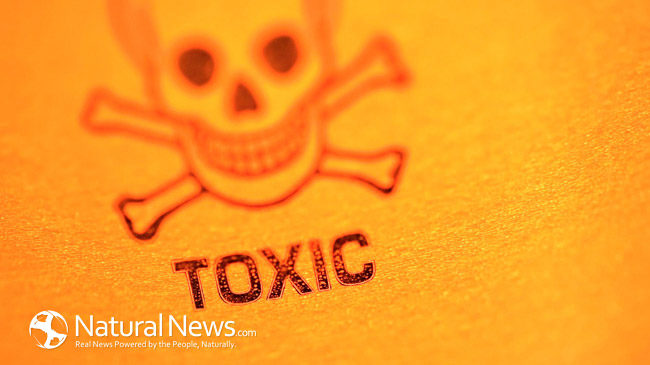In recent months, stories of elevated radon levels in homes have covered the news. Studies show that at least six percent of homes may have a radon problem, which is a known cancer causing agent. Anything over 4pCi per Liter is a problem. The only way to discover whether your home is affected is to have it tested.
How is Radon Treated?
You can treat your home for radon yourself by using radon mitigation techniques. If you prefer to have a professional handle the treatment, there are countless radon contractors available. They will use active soil depressurization, also known as ASD, to collect the radon from beneath the house.
The mitigation system consists of a plastic pipe and an operating fan. The pipe is either placed into a hole in the floor, through a sump lid connection or placed beneath a plastic sheet in a crawl space. Once the pipe reaches the soil, the fan begins drawing away the traces of radon and removing the gases from the house. The process may vary slightly, depending on where the system is set up, but the process works relatively the same way.
Once the radon has been removed, the contractor can take the treatment one step further. By caulking any cracks in your home’s foundation and ensuring it is properly sealed, any remaining radon will have a difficult time finding a way inside.
Radon Mitigation Standards
Each state has its own set of standards that it follows for radon mitigation. Whether your State follows the AARST, 2006, ASD Radon Mitigation Standards from June 2006 or a previous version, all standards share similar information. Each provides helpful guidelines for properly performing radon reduction.
One guideline details the distance the discharge needs to be from the home. It states, “The discharge shall be at least 10 feet above grade, 10 feet away from any opening that is less than 2 feet below the discharge, and above or at the eave of the roof.” Another guideline discusses labeling all portions of the system and providing an instruction manual and warranties to the homeowner. Yet another insists a retest be completed within 30 days to ensure the radon has in fact been mitigated. Every 2 years, another retest should be done.
What Impacts the Cost of Radon Mitigation?
The cost of mitigation varies greatly from state to state. Even within the same state, the cost may differ, depending on the size of your house, the local climate and the type of foundation.
On average, mitigation costs $1200. It can be as low as $800 in some homes, and up to $1500 in others. A contractor typically provides a quote so you know what the price will be beforehand. Although the price is high, mitigation is a necessary cost if you want to keep your health.
Finding Qualified Contractors
Many states have specific requirements for contractors who handle radon mitigation. If you are looking for a contractor, you can easily visit your state’s radon program to determine what requirements they have. To handle mitigation, contractors typically have to be certified, either nationally or by the state they live in.
To find a certified contractor, you can contact one of two programs. The first is The American Association of Radon Scientists and Technologists National Radon Proficiency Program. The second is the National Radon Safety Board. Both provide lists of individuals who are certified in radon reduction.
How Can Radon Be Avoided?
New practices have been put in place to avoid radon making its way into homes. Homes can now be constructed with a vent system already in place. This ensures radon has a limited chance of getting inside. By adding this mitigation system to the home firsthand, it can better be concealed than one that is put in later. The vent can even be directed through the roof, which makes it seem like part of the original design.
Once you have detected radon in your home, a mitigation specialist is necessary to ensure its removal. This cancer causing agent can impact your health, causing damage to the lungs. With radon detection and mitigation, the radon will be reduced and removed in just one day.
Other resources:
http://www.ext.colostate.edu/pubs/consumer/09953.html
http://spock.fcs.uga.edu/ext/housing/pubs/radon_mit.pdf





